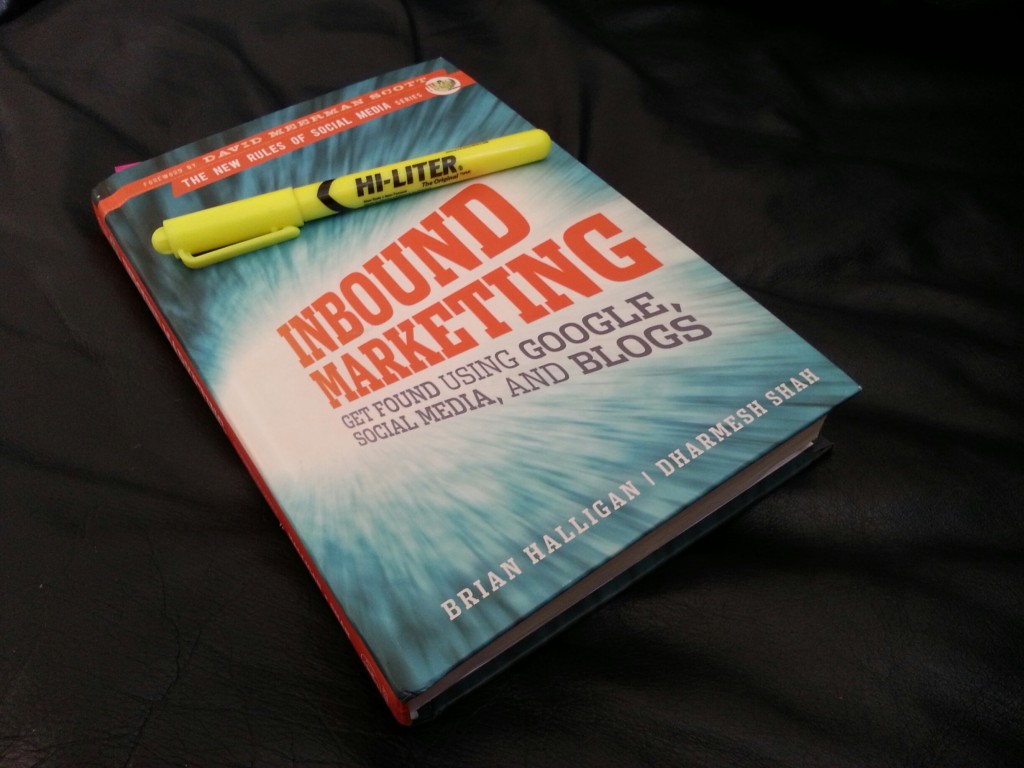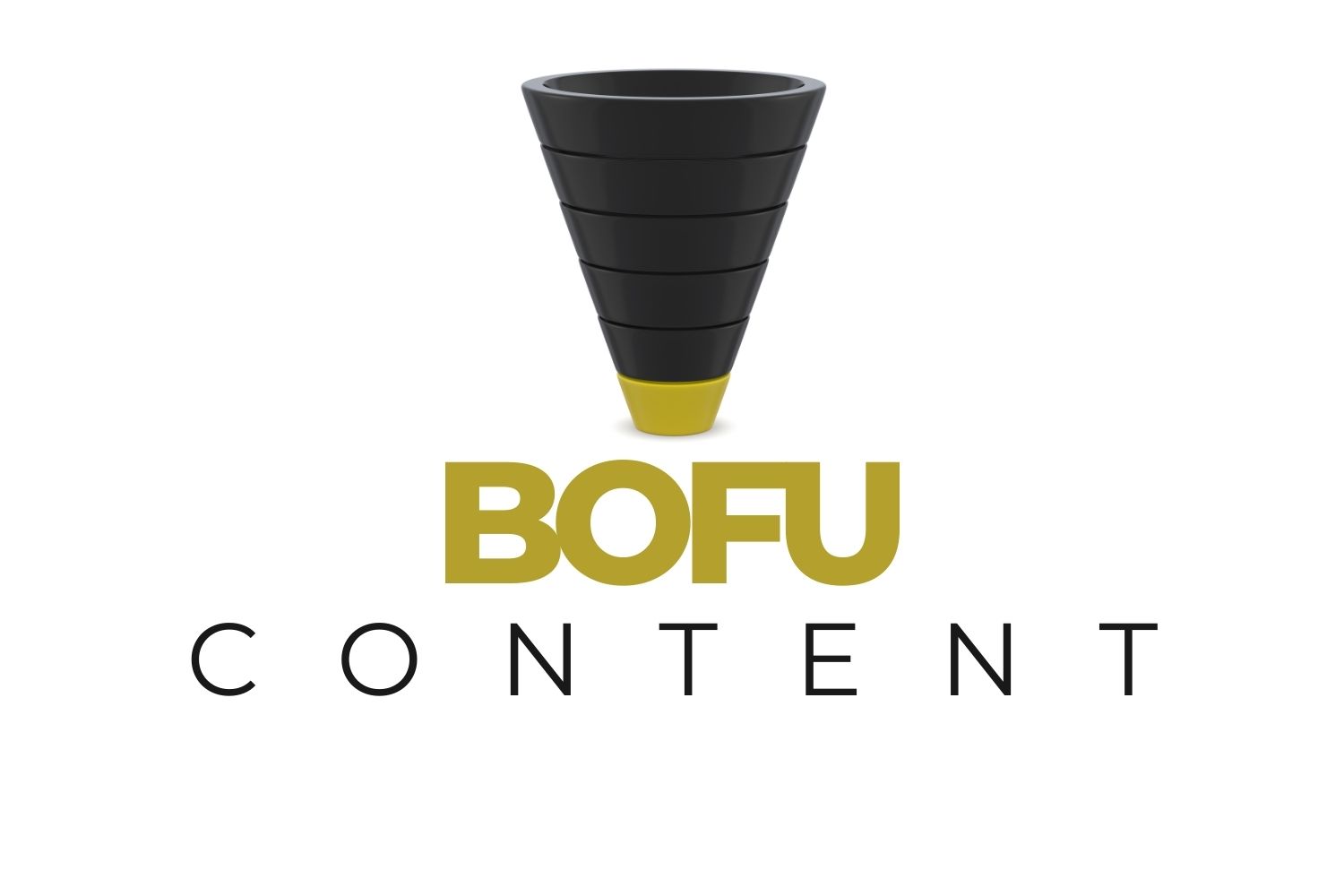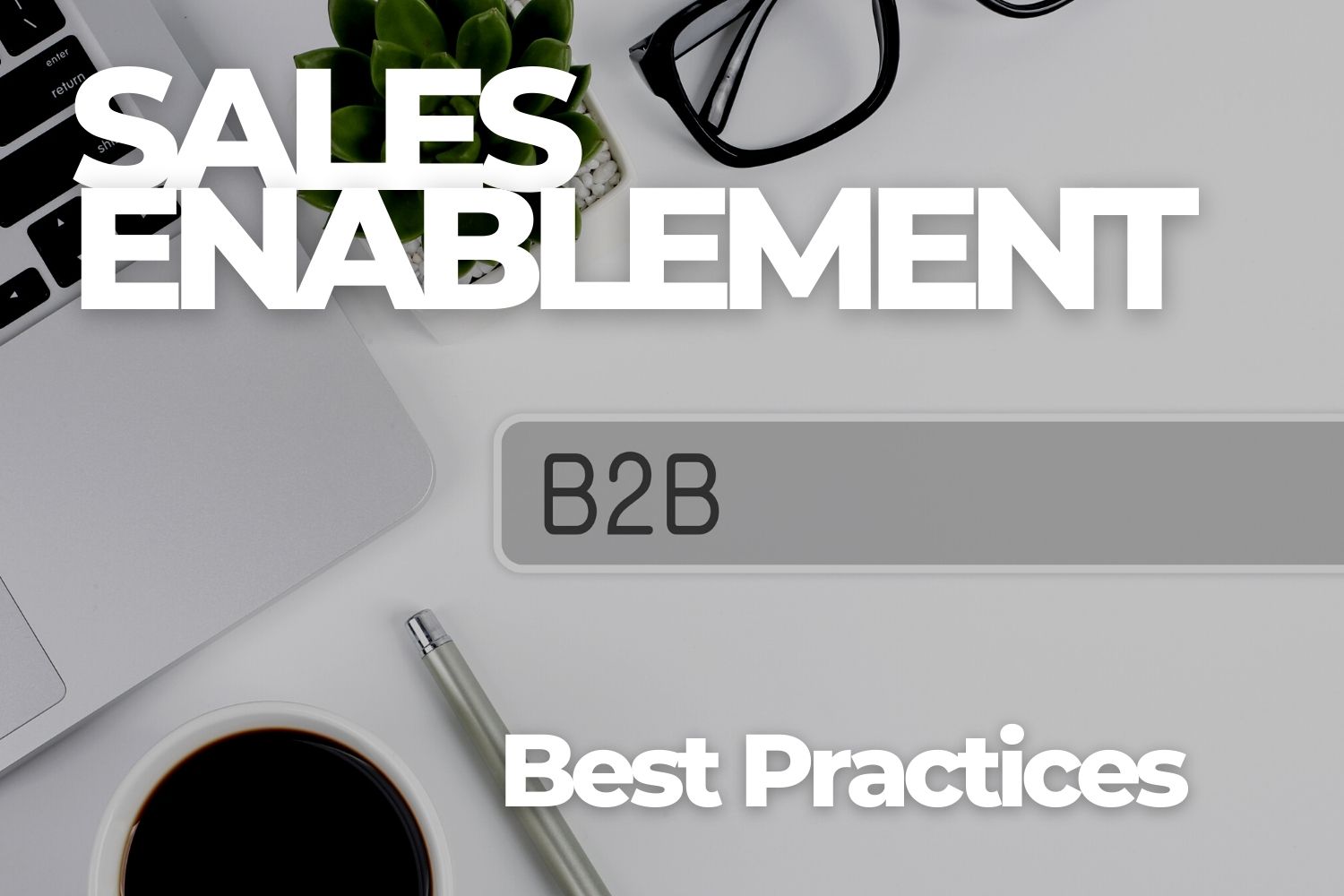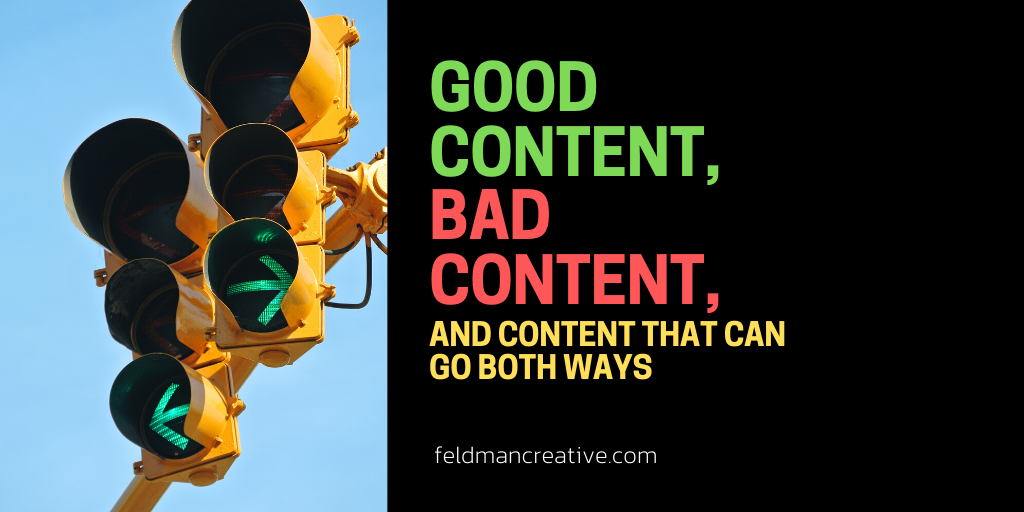Four years or so ago, after having invested 20-plus years in marketing, I had no doubt I knew what I was doing. Then the term “inbound marketing” caught fire—thanks to a book by the same name, written by the two founders of HubSpot.
I read the book. Then doubt was ALL I had. I felt like a rookie all over again.
Everything changed. I mean everything. Marketing turned outside in. It turned inbound.
I chowed down a healthy heap of humble pie and got serious about getting schooled in how things work in the Internet age. I read and wrote. Listened and watched. Studied and worked. And clicked until it all started to click.
I get inbound marketing now. I want to make sure you do too. You may not need to live and breathe it. You have me for that. But if inbound marketing is still mysterious to you, I want to help you gain a general understanding of what it is and how it’s done.
What is inbound marketing?
The best way to begin to understand what inbound marketing is to understand it’s not outbound marketing. It doesn’t rely on buying ads or contacts lists. You don’t spray messages and pray for leads.
You don’t push. You pull. You do so by creating content that pulls people toward your company and product because they seek answers you have.
When you regularly publish content in line with your customer’s interests, you attract inbound traffic and establish relationships you can nurture to convert lookers to loyalists.
Inbound marketing is the most effective and cost-efficient way to do marketing now.
Let’s crack open the book.
“Inbound Marketing: Get Found Using Google, Social Media, and Blogs,” is 256 pages of how-to information. I read it cover to cover and recommend you do too. It’s a great read.
However, if you’d rather not read it, read this, the rest of my article, which is essentially a compilation and distillation of the key passages I highlighted while reading it for the first time.
Much of what follows is straight from the word processor of the book’s authors, Brian Halligan and Dharmesh Shah. But for context, in many cases, I did some paraphrasing. Also, I chime in here and there—in italics.
Is your website a marketing hub?
- You want your website to be a large dot that’s connected to many other web sites—in other words, a hub.
- Give visitors the ability to subscribe to your site, or sections of your site, via email.
- Add something collaborative to your site, like a blog. Create lots of compelling content people will want to consume. Focus where the real action is: Google, industry blogs and social media sites.
- What types of information and tools can you put on your site that will pull in more people from your market?
Are you worthy?
- Creating a winning strategy in the era of inbound marketing is to be the world’s best at what you do.
- Rather than trying to expand your market, are you better off shrinking it and increasing profits from a more enthusiastic set of customers? Rhetorical question.
Create remarkable content
- A savvy inbound marketer learns from the media companies and is half traditional marketer and half content creation factory.
- Can you get your users, customers, partners and suppliers to create remarkable content for you? (This is often referred to as “user-generated content.”)
Get found in the blogosphere
- A blog will establish your company as a thought leader in your market.
I don’t whole-heartedly agree. A blog can do this, but It has to be great. And today, it may require more than just a blog. That said, you do need a blog to be your content’s garden.
- The best way to find ideas is to learn from other bloggers by reading their blogs. Reach out to them. Network with them. Talk to them too.
- The titles (of your posts) need to be irresistible.
- For some reason our species is drawn to numbered lists.
- When you see an article relative to you business, leave a thoughtful comment.
Getting found on Google.
- Ranking is based on a combination of two things: relevance and authority.
But we need not obsess over rankings quite the way we did when the book was published.
- Of the elements that influence Google, by far the most important is the page title.
Convert visitors to leads.
- Ensure your site has a call-to-action on every page and is setup such that you can change them and measure the changes in conversation rates.
- Help people take some sort of action: subscribing to your email newsletter, filling out a form or adding your blog to their RSS reader.You want their email address. RSS readers remain foreign to most.
- The four qualities of a killer call-to-action: valuable, easy-to-use, prominent, and action-oriented.Though it’s a bit awkward, HubSpot has essentially redefined the term “call to action” to mean, “offer.
- Good calls-to-action typically involve giving your users helpful information to enable them to do their job better or help them become more valuable to a future employer.
Convert prospects into leads.
- Landing page best practices indicate that reducing the number of offers on the page and removing navigation to other sections of your website will increase ROI.
- Keep your forms simple and short by asking only the most important questions, such as name and email address and if the person is in the market for your product or services.
- Configure your forms so prospects receive an email confirmation when it is filled out, with a further call-to-action in order to continue to pull them into your funnel to extract more information about them.
“Funnel” means sales cycle or process, which is likely to be far less linear now than yesteryear.
- If you have dozens or hundreds of leads coming in, you should:
- Grade them and then hand your qualified opportunities to your sales reps.
- Segment them and nurture your unqualified opportunities until they are ready for your sales organization.
- Measure your market reach over time, including the number of email addresses, blog subscribers, Twitter followers, etc.
Make better marketing decisions.
- Define all your marketing campaigns/channels.
- Define your funnel stages (such as: prospects, leads, opportunities, customers).
- Measure each stage by channel.
- Measure the yield and ROI by channel.
This observation comes from the “remarkable content” chapter, but applies to inbound marketing at large and summarizes things nicely:
15 years ago, your marketing effectiveness was a function of the width of your wallet. Today your marketing effectiveness is a function of the width of your brain.
Inbound marketing continues to evolve. Though it was published just five years ago, some ideas in the book have become old-school. However, HubSpot practices what they preach and publishes oodles of information daily.
Today, a very nice overview of “inbound methodology” is offered on the HubSpot website. It includes this highlight-worthy gem:
Make marketing people love.
By publishing the right content in the right place at the right time, your marketing becomes relevant and helpful to your customers, not interruptive. Now that’s marketing people can love.
I love that we’re both on the same page now about inbound marketing.
INFOGRAPHIC
http://mashable.com/2011/10/30/inbound-outbound-marketing/
Infographic courtesy of Voltier Digital








Comments
Merryn Padgett
Great post Barry. Inbound is the only way to go these days 🙂
Barry Canada
I find outbound marketing to be an awesome concept, but difficult to achieve. It takes a lot of focus, brain power and the ability to consistently create the content your audience wants want and need. That, in my opinion, takes a team of expert writers in order to succeed. Hubspot has hundreds of writers, editors, and marketers working their approach. The average blogger (part-time) might find it difficult to maintain such a strategy, therefore, opting for paid strategies to facilitate their content creation and lead generation needs. Still, I love the concept and I am a avid subscriber of Hubspot and the content you publish. Thanks for an in depth look at inbound marketing!
Terrance Collins
Great stuff, Barry; especially the infographic. Powerful, well-prepared info to present to clients. Thanks!
Mia Sherwood Landau
I especially enjoy your comments on the HubSpot perspective.Good points from all of you here.
Chad
I love the infographics. Great summation of the book through practicing what you preach!
How to Grade a Blog (Including Yours) | Feldman Creative
[…] social media, collateral, the works. And they’re making a good size commitment to fueling inbound marketing efforts with a steady stream of […]
How to Grade a Blog (Including Yours) | CopyRanger.com
[…] social media, collateral, the works. And they’re making a good size commitment to fueling inbound marketing efforts with a steady stream of […]